Did you know that most culinary herbs are jam-packed full of health benefits? Learn how cooking with herbs can ramp up your health.
You probably use a variety of herbs every time you cook. Most of us add fresh and dried herbs to our dishes simply for the wonderful flavor and aroma they bring.
But did you know that they have a bounty of health benefits packed into them, as well? From fighting pain to protecting our bodies from free radicals and even parasites, these culinary plants pack quite a punch when it comes to our health.
Want to learn more about Paleo and how it can help you?
Grab our FREE “What Is Paleo?” Guide by Clicking Here!
Growing your own herbs indoors or outdoors is easily achieved and gives you control over the quality of soil as well as the type of food that goes into your plants. If growing your own sounds like too much work, most grocery stores carry a wide selection of fresh herbs to choose from. As always, be sure to purchase organic.
It can be hard to reap the benefits of herbs when we often only use a small amount. Next time you are making a smoothie or juicing, add fresh spices just like you would other greens to ensure you get all the benefits.
Read on to discover more about some common culinary plants, as well as a few new ones you might want to add to your next recipe!
The PaleoHacks Guide to Cooking with Herbs
1. Basil
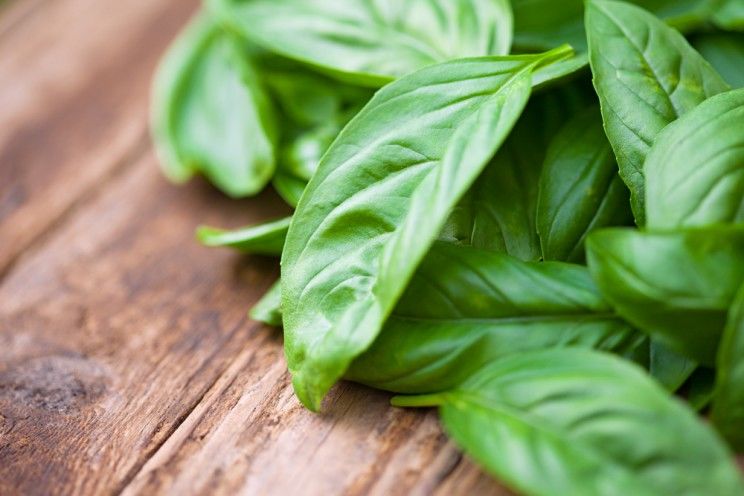
Because of its high antioxidant content, basil can be useful for protecting vital organs like the brain, heart, and liver, as well. (1) You can chop fresh basil leaves and add them to salads, marinades, pizza, pasta – and even infused water.
One of my favorite ways to use up fresh basil is to create a simple paleo pesto sauce.
Taste: Peppery, Sweet
Enjoy it in: Salads, marinades, sauces, eggs, red meat, and soups.
Tip: Chop and freeze in an ice cube tray with olive oil, then melt cubes down when you cook.
2. Mint
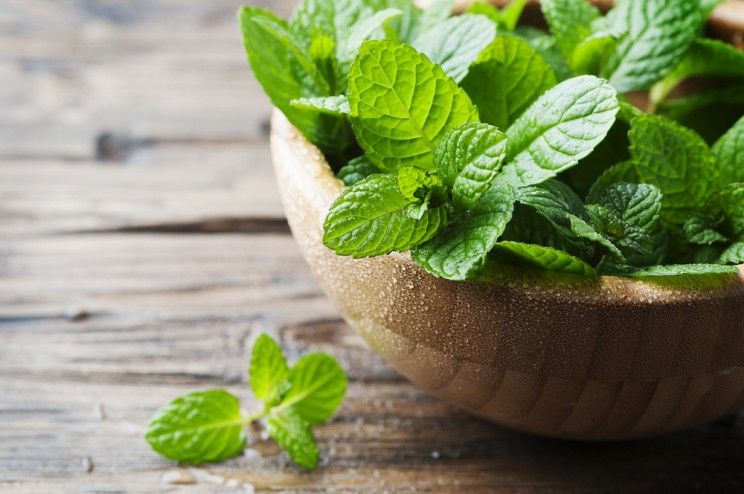
This leafy green is popular in many cultures, especially Mediterranean and Middle Eastern cooking. The flavor of mint is delicious in tabouli salad, smoothies, sauces, as a tea, and even in cocktails (mint mojitos, anyone?).
This powerful herb contains some of the highest amounts of antioxidants of any food. These antioxidants are useful for naturally relieving symptoms associated with allergies and IBS. (2)
Taste: Cool, bright
Enjoy it in: Salads, smoothies, eggs, marinades, veggies, dark chocolate, and mocktails.
Tip: Mint grows best in a container and in shaded areas with moist conditions to keep it from drying out.
3. Ginger
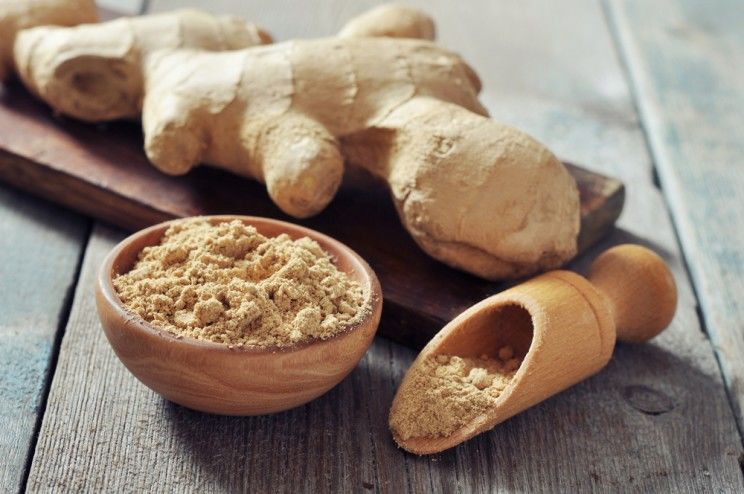
Taste: Spicy
Enjoy it in: Teas, stir fries, soups, sauces, and veggies.
Tip: Use whole slices to steep in tea for extra flavor.
4. Parsley
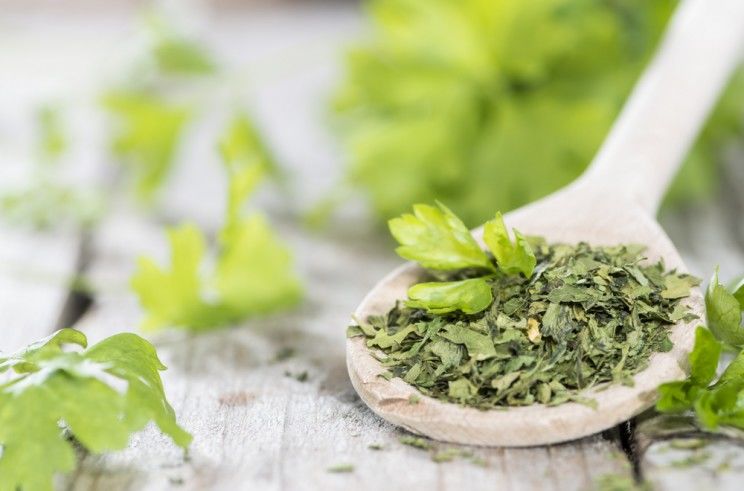
This versatile herb contains folic acid, which can help to protect blood vessels — an important role which assists in fending off stroke and heart attack. (3) Don’t just use this herb as a garnish — chop up fresh parsley and add it to salads, sauces, and burger patties to get a dose of its antioxidants.
Its rich chlorophyll content is terrific for eliminating bad breath. It also works to deodorize the body from the inside out because of its antibacterial properties.
Taste: Bright, Grassy
Enjoy it in: Fresh juices, soups, salads, red meat, fish, poultry, and eggs.
Tip: Garlic breath? Chew on some parsley to quickly freshen up!
5. Cilantro
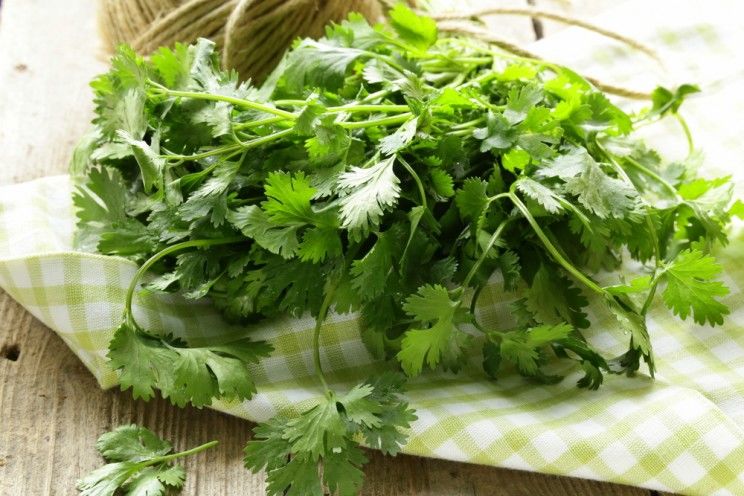
One of cilantro’s most talked-about benefits is its ability to cleanse our bodies’ tissues of toxic metals. These metals get into our bodies via the food we eat, smoking, deodorant, and even our water supply.
Not only is cilantro helpful for cleansing our bodies, it also gives important nutrients to our bodies, including vitamins A, C, and K, and minerals iron, potassium, calcium, and manganese. (4)
Taste: Bright, Zesty
Enjoy it in: Fresh juices, fish, dips (like guacamole), soups, and red meat.
Tip: Heating causes cilantro to lose its flavor. Add it at the end of cooking.
6. Turmeric
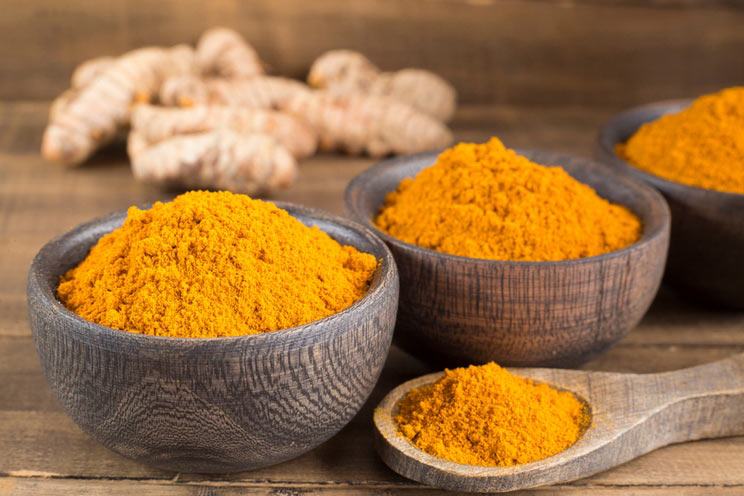
Health Benefits: Turmeric is used in many Indian and Thai recipes. You can easily spot turmeric’s vibrant yellow color in curry dishes.
Most people purchase dry ground turmeric, but the fresh root of turmeric is popping up in grocery stores more often. Because of the anti-inflammatory properties produced by turmeric’s active compound, curcumin, turmeric can be used to alleviate pain associated with arthritis and injuries. (5) Truly a wonder herb, turmeric is also used used for depression, Alzheimer’s disease and fighting heart disease.
Taste: Bitter, Pungent
Enjoy it in: Sauces, smoothies, red meat, poultry, and veggies.
Tip: Use turmeric as natural food coloring to give your dishes a bright yellow-orange color.
7. Lavender
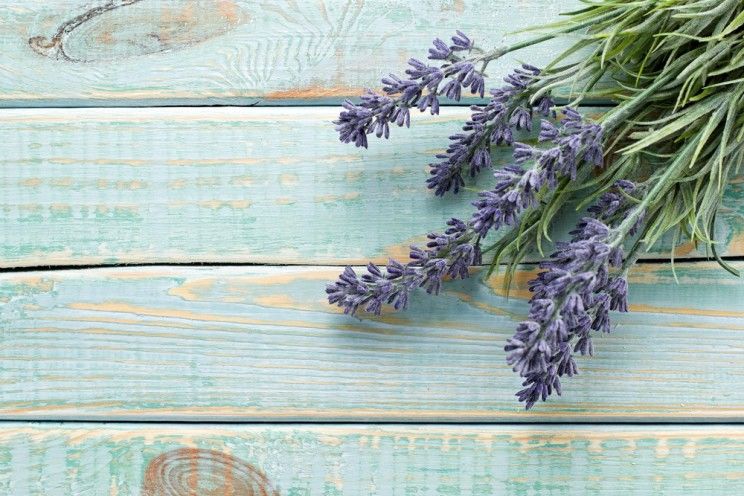
Lavender’s beautiful flowers are widely used to aid in relaxation and relieve symptoms of depression. Lavender buds are often found in teas to help us sleep, while its oil is added to bath products to help us de-stress and promote calmness.
Taste: Sweet, Floral
Enjoy it in: Tea, desserts (especially ice cream), and fruit salads.
Tip: Sprinkle a few drops on your pillow to help fall asleep. Also, dried lavender buds offer a slightly sweet flavor and can be enjoyed in baked goods, desserts, and sprinkled on salads to add a pleasant aroma. Try this recipe for Lemon Lavender Pancakes next time you need some Zen in your life. (6)
8. Dandelion
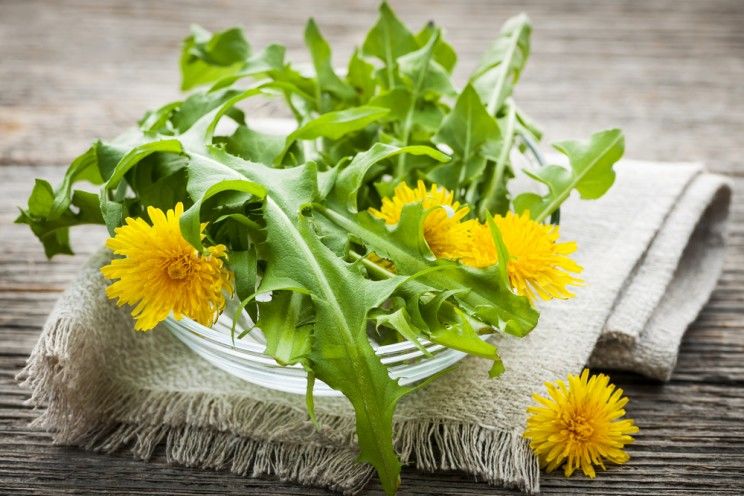
Dandelion boasts an array of nutritional benefits, from relieving digestive ailments to reducing inflammation, with its essential fatty acids. This bright yellow plant is a diuretic that helps to cleanse the kidneys and balance electrolytes.
The roots, leaves, and flowers are all edible with a slightly bitter flavor. (7)
Taste: Bitter, grassy
Enjoy it in: Teas, salads (try these Dandelion Wonder Weed Salads), and veggies. If you want to get a little experimental, whip up this Decaf Dandelion-Cacao Latte.
Tip: When picking your own fresh dandelion, be sure to choose flowers that have not been treated with herbicide or pesticides. Cooking dandelion will help to curb its bitter flavor.
9. Dill
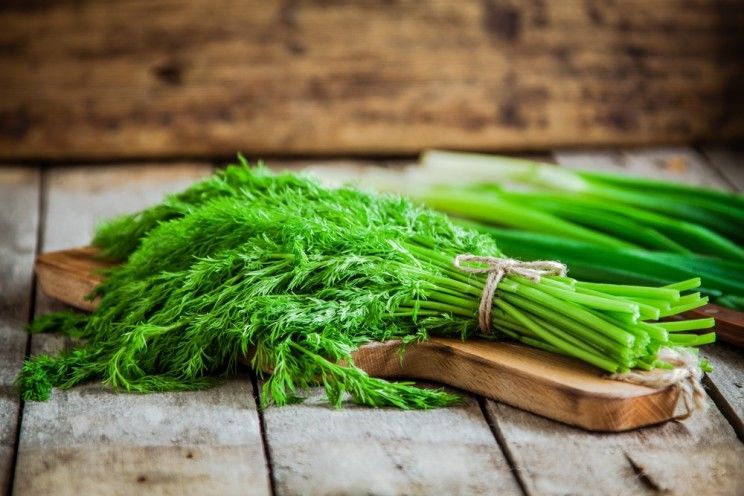
Taste: Grassy, lemony
Enjoy it in: Soup, fish, red meat, poultry, and veggies.
Tip: Dill is heat-sensitive, so add it at the end of cooking to preserve its flavor.
10. Oregano
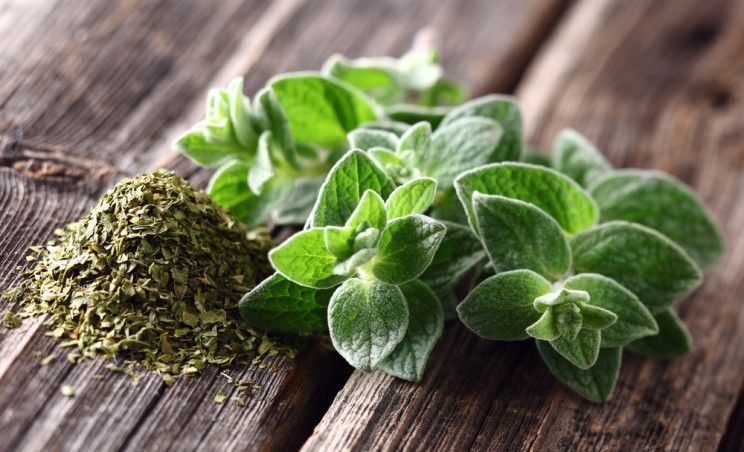
In addition, the small leaves contain carvacrol and thymol, two powerful antimicrobials great for killing foodborne pathogens and MRSA.
Taste: Earthy, peppery
Enjoy it in: Red meat, fish, poultry, veggies, marinades, and sauces.
Tip: Drying oregano intensifies its flavor.
11. Sage

Taste: Earthy
Enjoy it in: Red meat, fish, poultry, sauces, marinades, and soups.
Tip: Pour hot water over fresh sage to help soothe a sore throat.
Tips for Storing Herbs
- Wrap fresh greens in a damp paper towel, place in a Ziploc bag in the refrigerator to keep fresh.
- Store lavender away from moisture and heat.
- Store ginger and turmeric in the freezer and grate into dishes. If using fresh, remove skin and chop or mince.

(Read This Next: 8 Herbs That Detox Your Body Naturally)


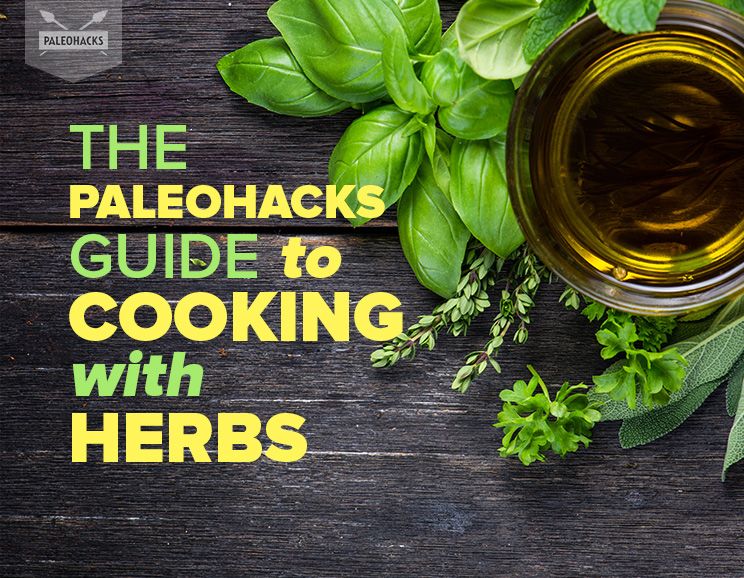
 Crock Pot Apple Cider Pork Roast
Crock Pot Apple Cider Pork Roast


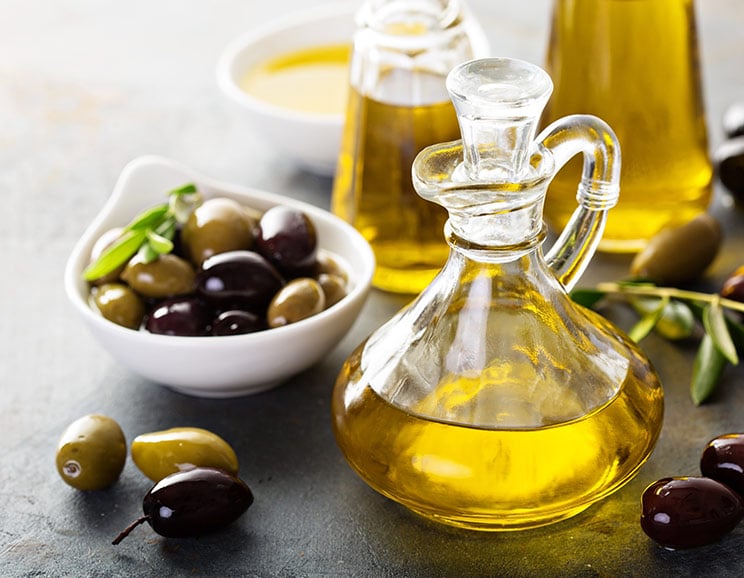
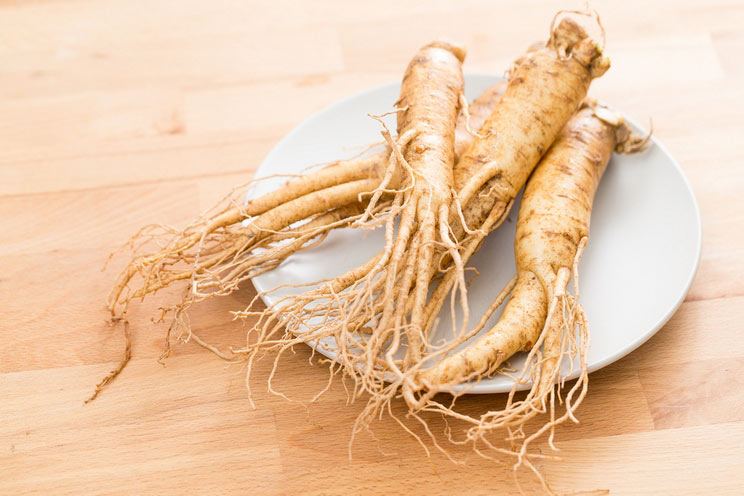
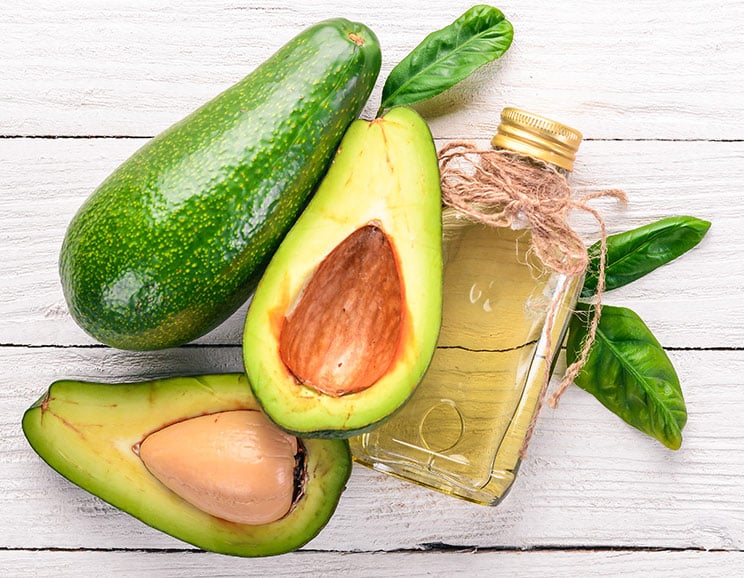




Show Comments